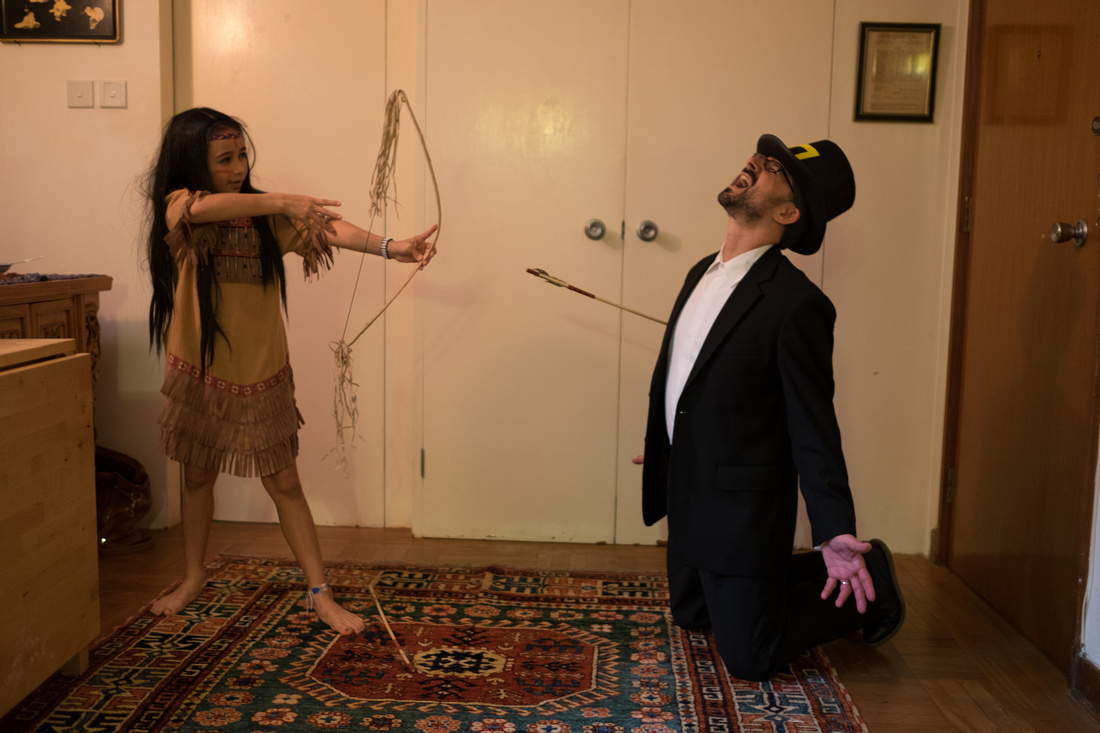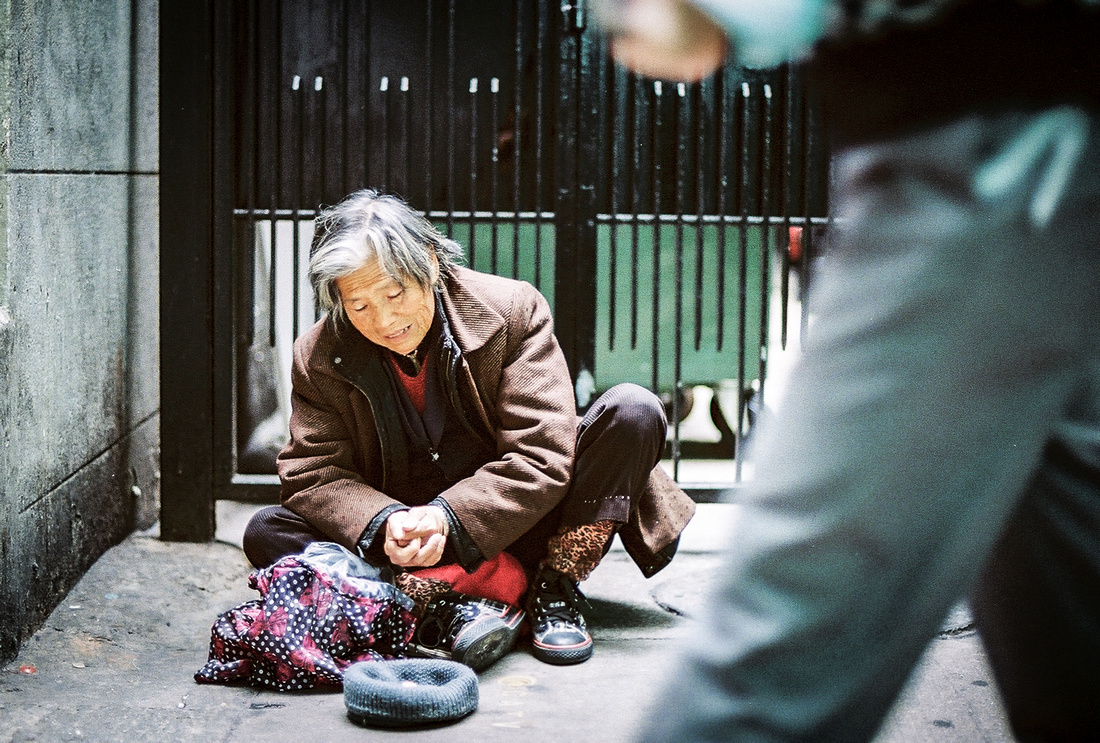Blog #15 The Ethics of Photography Part 2
 Got 'em!
Got 'em! Blog #15 The Ethics of Photography Part 2
Blog #15 The Ethics of Photography Part 2
Ethical, proper, and correct behavior for photographers is even more important than that of a common citizen since we have the power to hurt or damage someone through the misuse of their portrait or photograph. Therefore, it is appropriate to dedicate a second Blog post to this topic.
Here are some guidelines that every photographer, pro, amateur, or hobbyist should read.
http://www.photoshare.org/resources/development-photography-ethics
At the end of the process of becoming a medical doctor. There is tradition where the resident is asked to recite the hypocratic oath based one of the older Greek physicians, Hippocrates. Somewhere in one of his early texts, it is written "Do No Harm".
It is a popular misconception that the phrase "First do no harm" (Latin: Primum non nocere) is a part of the Hippocratic oath. Strictly speaking, the phrase does not appear in the oath, although the oath does contain "Also I will, according to my ability and judgment, prescribe a regimen for the health of the sick; but I will utterly reject harm and mischief", in latin "Victus quoque rationem ad aegrotantium salutem pro facultate, judicioque meo adhibebo, noxamvero et maleficium propulsabo".
Another equivalent phrase is found in Epidemics, Book I, of the Hippocratic school: "Practice two things in your dealings with disease: either help or do not harm the patient".The exact phrase is believed to have originated with the 19th-century surgeon Thomas Inman.
https://en.wikipedia.org/wiki/Hippocratic_Oath
The edit to do not harm is appropriate for the modern day photographer as well since through social media, it is absolutely possible to do harm to a person through the use of their photograph.
This is not our goal.
So get out there, think, shot, think again, and have fun!
jhg
Blog #14 The Ethics of Photography
Blog #14 The Ethics of Photography. It is important to consider ethical, correct and proper behavior in whatever endeavour one is engaged in. For this week's blog, I will briefly discuss ethics in photography or the ethical behavior of the photographer. There are a number of ways to approach this topic but I will break the topic into half and present two views. One view will address the issue of before pressing the shutter release and the other will deal with after pressing the shutter release.
When considering ethically correct and proper behavior before pressing the shutter release, the issue of ethics can be controversial. What is ok or not ok or illegal to photograph in today's world? Countries will vary on privacy laws and there may very well be inconsistent rules within and across a given country or region. Informed Consent must be given in many cases by individuals or groups that own a building or activity, for example, in order to legally make a photograph of the person, activity, or place.
Here is a guide that might be helpful for those interested in a deeper dive into the legality of making photographs: http://www.photoshare.org/resources/development-photography-ethics
In the genre of street photography, it might be a bit taboo to shoot homeless people or persons with disabilities, or even children. It is usually the case that the individuals may not be capable of giving informed consent and therefore should left well enough alone. However, National Geographic, Time, and other world news periodicals are chock full of indigenous people. Don't tell me that all of those published and professional photographers requested and completed a written informed consent document for all of those folks who appear in those mags. It definitely didn't happen! It seems that laws about privacy and informed consent only exist in the USA or Europe. Everywhere else, everything is fair game?
After one presses the shutter, there are 101 ways to manipulate a photo from its original parts through darkroom manipulation [film] or Lightroom® [Software post-processing] that can, in some cases, dramatically alter an image. In other words, there are editorial ethics. There are small adjustments to cropping, focus, and contrast, for example that might improve the technical aspects of an image. However, larger or massive manipulations can also be made using today's powerful software programs and digital files. People and objects can literally be added or subtracted, seamlessly, to an image. Some publications such as National Geographic forbid almost all types of digital or otherwise manipulation of photographs. The photographer needs to get it all and get it right in camera.
With today's tools at our disposal, it is rare that photographs remain untouched by even the most "purist" photographers. Ansel Adams was famous for the slighting burning [darkening] the edges of practically every single one of his images. Vignetting, this is called, draws the viewers attention into the photograph, towards the subject, and helps to maintain their attention within the image. Few would argue about Adams' creative decision to do so.
A photographer should think, before the shutter and after the shutter is released. If you see a sign that says "NO PHOTO" Stop! Don 't Shoot.
 Panhandler, Hong KongNikon FM2 With Kodak Portra 400 ISO
35 mm Film
Panhandler, Hong KongNikon FM2 With Kodak Portra 400 ISO
35 mm Film 
Blog #13 B&W or Color?
Blog #13 B&W or Color?
The history of photography of course began in black and white as did other media such as T.V. In the late 1960's and early 1970's film developers figured out how to layer the film with difference chemicals that were sensitive to red, green, and blue light. Thus, color photography was born. As you might expect, it took a while to catch on as some of the early "experts" shunned and ridiculed color. None of the most serious photographers or artists would think of using color. Then William Eggleston came along and shot mundane items in his little hometown of Tennessee and later had a landmark show in the MOMA which blew everyone away. At first, they didn't get it. He was pretty much a joke to most of the critics. To check out his color photography book that pioneered the art of color photography, here:
If you are like me, then you like both. How does one determine whether ot not to shoot in color or B&W? Well, technically, one should shoot film in color and digital in RAW color. This way, the most information (dynamic or tonal range) is stored on the medium. You can always convert the photo to B&W afterwards in post processing. However, the photographer does not have that option if the original negative or DNG (Digital Negative) was captured in B&W. Start with colour, then go to B&W from there. Or, keep the photo in color if you think it looks better that way.
Many would agree that B&W photos tend to look better where form and texture are a major part of the subject. Regarding portraits, “When you photograph people in color, you photograph their clothes. But when you photograph people in Black and white, you photograph their souls!” according to Ted Grant. Of curse these days, both are acceptable.
Color has its role in photography and may be necessary due to its major role in the highlighting of the subject. If it helps, keep it color. Of course, these are my personal guidelines and one ought to be cautious of "rules" in photography. According to the master Ansel Adams, "There are no rules for great photographs, there are only great photographs". The same can be said of paintings or sculptures. There are, however some common denominators to borrow a term from mathematics that seem to be true about many "good" or aesthetically pleasing pieces of art in any medium.
- B&W tends to work well in portraits.
- B&W tends to work well where form and texture are major parts of the subject.
- Color tends to work well when the color helps to highlight the subject or when color is the subject of the photograph
We might be able to draw a few more guidelines about whether or not to use color or B&W but I think we should leave it there.
The use of selective coloration eliminates the decision of either or and rests comfortably on the fence between the two. For 50 great examples of
selective color or selective coloration, see here:
http://www.pxleyes.com/blog/2010/03/50-outstanding-examples-of-selective-color-photography/
I happen to like the idea of both in one photo. Why? Why not?
 Dragon Fruit
Dragon Fruit
Blog #12 The History of Photography
Blog #12. The History of Photography
"Don't know you past, don't know your future" - Bob Marley
Most people would never guess that photography began way back in the 1800s. According to some sources, some French dude named Nicéphore Niépce succeeded in fixing an image made by light onto a metal-based plate sometime in the mid-1820's https://en.wikipedia.org/wiki/History_of_photography.
The process of using wet plates was crude and it took a few decades to get it right. Until the process was refined and made the leap across the pond, not many people could make photographs. George Eastman (Eastman Kodak Company) made the process accessible to the masses through his good old fashioned American business ingenuity somewhere in Rochester, upstate New York around 1892.
Of course the rest is history as they say with the perfection of the camera itself in the 20th century by the Germans (Leica), and further refinement through reliability and affordability done by the Japanese in the late part of the 20th century (i.e. Nikon, Canon, Minolta, FujiFilm, and others).
Digital cameras are relatively new on the scene. Since 2000 digital technology has been evolving at a fast pace. Film is not dead, however. The film vs. digital debate is alive a kicking and film seems to be having a bit of a renaissance, in part, perhaps to Kodak's coming back from the dead (bankruptcy) in 2012 and announced their plan to continue to make film. Kodak stopped making digital cameras by the way and made over $500M USD through selling patents to Apple, Microsoft and other tech giants.
To the purists, film was already perfect. They don't need no stinking digital cameras. It has been written that "digital photography is creating impotent photographers". http://www.thephoblographer.com/2015/03/03/digital-cameras-creating-impotent-photographers/#mX6M83M0cRPQoMs1.99
While some artists argue over the medium in which photographs are made, NASA went ahead (as they do) and produced the largest digital image ever created that happens to be of the Andromeda galaxy. It's a 1.5 billion pixel image (69,536 x 22,230) and requires about 4.3 GB disk space. http://www.scoopwhoop.com/news/wow-nasa. Most basic JPEG photograph files are between 1 and 10 MB. So if you shot a regular image using a point-and-shoot, iPhone, or basic DLSR camera and it came out a respectable 4.3 MB, to scale that image up to NASA-Sized you would multiple yours 4403.2 times! That's REALLY BIG!
Looking into the future of photography, there are some interesting debates there too. The future of photography may be markedly different in the near future to even how we make images today http://time.com/4003527/future-of-photography. There is discussion on the death of point-and-shoot-cameras http://time.com/553/point-shoot-camera/ , and the death of all cameras all together in favour of the already widely-practiced activity of making images with smartphones http://www.newyorker.com/tech/elements/goodbye-cameras.
Well, whatever the future, it will be exciting and that's worth the wait.
Until then, we will use whatever camera we have with us to do the noblest thing of all,
make photographs of cats.
jhg
 White Cat
White Cat
Blog #11 Is Photography Art?
Blog #11 Is Photography Art?
"For 180-years, people have been asking the question: is photography art? At an early meeting of the Photographic Society of London, established in 1853, one of the members complained that the new technique was "too literal to compete with works of art" because it was unable to "elevate the imagination". This conception of photography as a mechanical recording medium never fully died away. Even by the 1960s and 70s, art photography – the idea that photographs could capture more than just surface appearances – was, in the words of the photographer Jeff Wall, a "photo ghetto" of niche galleries, aficionados and publications."
Quote from From http://http://www.theguardian.com/artanddesign/2012/oct/19/photography-is-it-art
According to Wikipedia,
"Art is a diverse range of human activities and the products of those activities, usually involving imaginative or technical skill. In their most general form these activities include the production of works of art, the criticism of art, the study of the history of art, and the aesthetic dissemination of art. This article focuses primarily on the visual arts, which includes the creation of images or objects in fields including painting, sculpture, printmaking, photography, and other visual media. https://en.wikipedia.org/wiki/Art
There are papers on Seeing to improve yourself as a photography artist http://petapixel.com/2015/03/16/seeing-is-the-essence-of-photography-and-you-can-learn-to-do-it-better, and from other popular sources of photography education http://digital-photography-school.com/10-tips-help-grow-artist-photography.
What defines art or an artist for that matter? If there are schools that have degree programs in a subject, would that qualify that subject as art? Most would agree and there is no shortage of B.A., B.F.A, M.A., and M.F.A. degree programs from accredited colleges and universities. After a quick search online one can find Ph.D. programs in arts and photography! Who knew? http://study.com/articles/PhD_in_Photography_Overview_of_Photography_Doctoral_Programs.html
If there are clubs, or organisations of photography degree holders, does that qualify photography as art? Oh, I know! How about if photographs are sold in galleries that also occasionally sell oil paintings, sculptures, and other types of "real" art? Oh, and how about if someone drops like £2.7 million on a photograph like they did in 2011 for Rhein II By Andreas Gursk? I would LOVE to hear what some of those photography-aint-no-art nay-sayers would say about that.
To me, photography sure FEELS like art. It's complicated, difficult, there are many crap days, some good days (mostly crap days), and I feel very passionate about "getting it right" and upset with myself for not "getting it right". Is this what art is supposed to feel like? My mother is a painter, and went to RISD art school for fine art painting. She's been an abstract painter longer than I've been alive. I have watched her paint, make some beautiful pieces, have art shows, sell some works, stop painting for long periods of time, then do it again, change to interior design, then go to sculpture, then go back to painting. These days, at the ripe old age of 70 she's showing pieces in museums! People liked her stuff in the 1980's and they LOVE it now. The point is that it's work-in-progress, for fun, career, or otherwise, and I think we can all relate to that. There are ups and downs such as with life. Photography is the same. We just use light as our medium (paper, or screens, or both). Instead of a brush, we use a lightproof box.
Is photography art? Ask a photographer. If it looks like art, and it feels like art, then it is.
 Rhein-II-by-Andreas-Gursk-001
Rhein-II-by-Andreas-Gursk-001